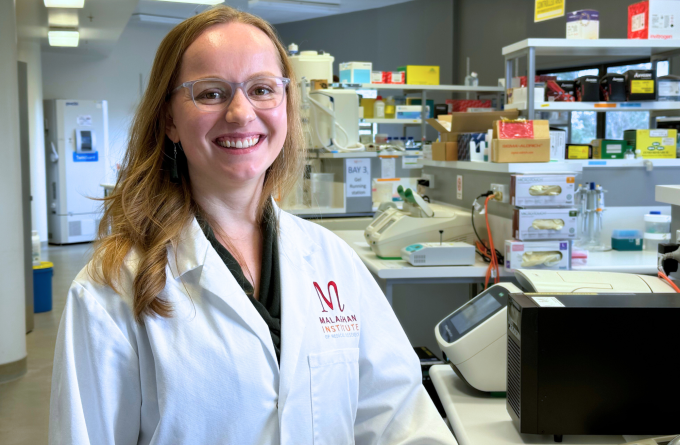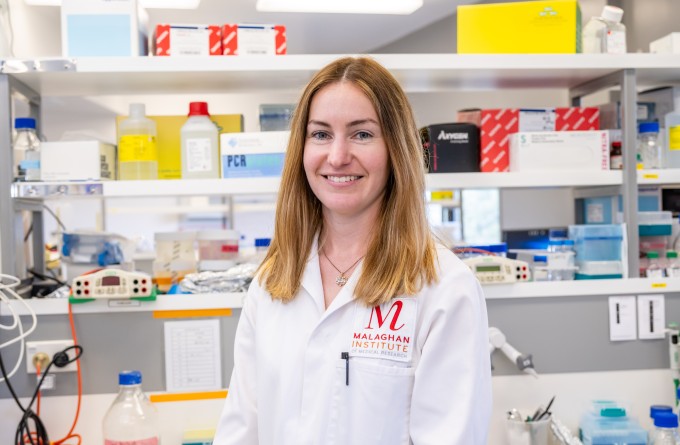29 July 2020
A team of Wellington scientists have uncovered a novel way Mānuka honey helps stimulate the immune system to fight bacteria.

The Malaghan Institute of Medical Research, in collaboration with the Ferrier Research Institute, have recently published their findings in the Royal Society of Chemistry’s Food & Function journal, identifying that one of the main bioactive components in Mānuka honey could help activate specific bacteria-fighting immune cells. The research is partly funded by the High-Value Nutrition Ko Ngā Kai Whai Painga National Science Challenge.
Honey is a complex natural product known to have strong antibacterial properties. Unlike regular honey which contains trace amounts of hydrogen peroxide as its main antibacterial component, Mānuka honey contains the molecule methylglyoxal (MGO). The amount of MGO in Mānuka honey gives Mānuka products its MGO rating.
It is the relationship between MGO and MAIT cells (mucosal-associated invariant T-cells), a specialised subset of immune cells found throughout the body, including the skin, that holds promise for Mānuka honey to boost the immune response to bacteria.
“One of the main roles of MAIT cells is to target and remove harmful bacteria from the body,” says Dr Oliver Gasser, Translational Immunology Team Leader at the Malaghan Institute. “What they recognise are the small metabolites – or molecules – coming from bacteria. But they can’t recognise the metabolites on their own. The metabolites first need to be changed into something recognisable for MAIT cells to be activated.”
For the MAIT cells to turn on their bacterial-killing properties they rely on the presence of MGO, which is produced naturally in the body. MGO then binds with bacterial metabolites which activates the MAIT cells. The more MGO, the stronger the antibacterial response.
However, it’s not just locally-sourced MGO that can be used by MAIT cells, the research has found.
“What we’re exploring is this idea that an external source of MGO can enhance the activation and function of MAIT cells in the human body,” says Dr Gasser. “Because MAIT cells need MGO to recognise bacteria, there’s a limit to how much they can recognise at any one time. We think that perhaps the amount of MGO found in the body might be acting as a bottleneck in terms of our ability to fight a bacterial infection in places like the skin.
“Can something like Mānuka honey, which contains MGO, be used boost the immune response to an infection? So far we haven’t explored this in the context of human studies, but our published results are very encouraging.”
In practical application, honey has long been used as a wound-dressing due to its antibacterial properties, especially for burn patients where the risk of bacterial infection is high. As MAIT cells are found in high quantities in the skin, this research offers an opportunity to explore whether such dressings can be improved with Mānuka products.
The Malaghan Institute would like to thank Mānuka Health for donating Mānuka honey products for this research.
Related articles

New funding supports cutting-edge research into immune cell metabolism
13 October 2025

Te Pūnaha Awhikiri: Exploring the Immune System through Mātauranga Māori
7 July 2025

Malaghan visiting researcher: Associate Professor Timothy Hand
16 June 2025

Dr Michelle Linterman: Asking the age-old question
30 April 2025

Fever: too hot to handle or the body's first line of defence?
22 August 2024

New research deepening understanding of elusive eosinophils
27 June 2024
